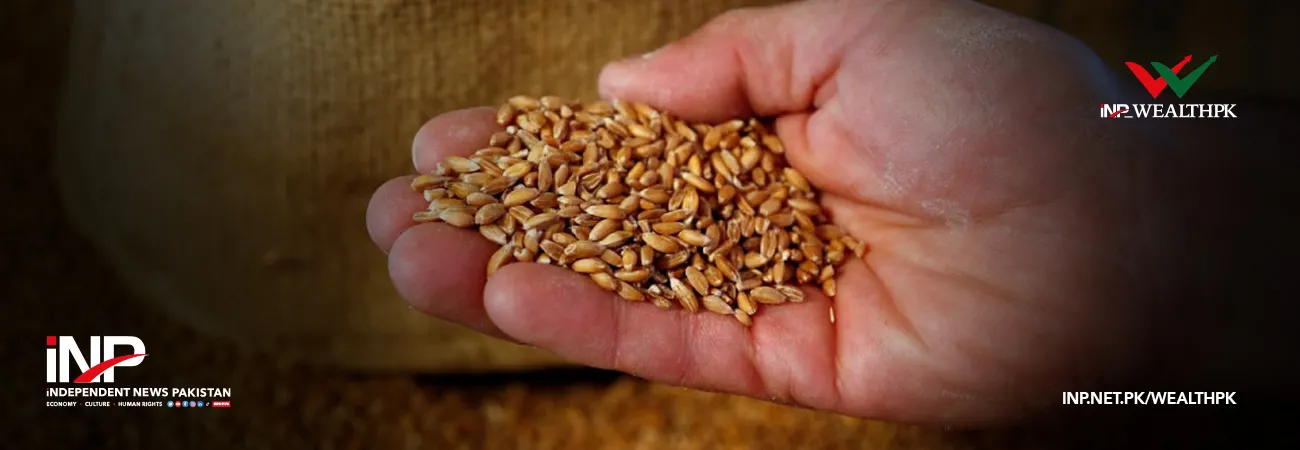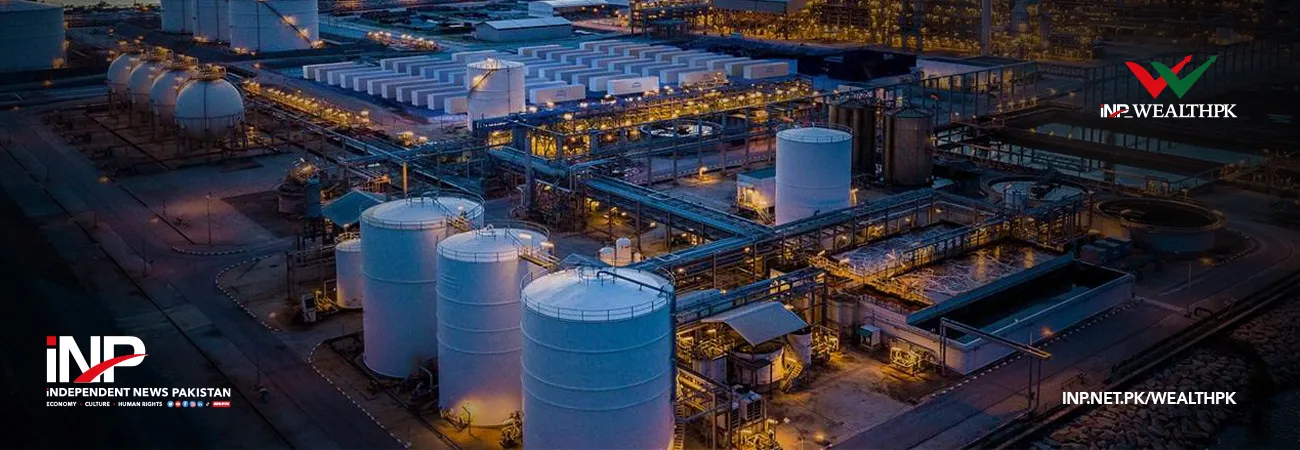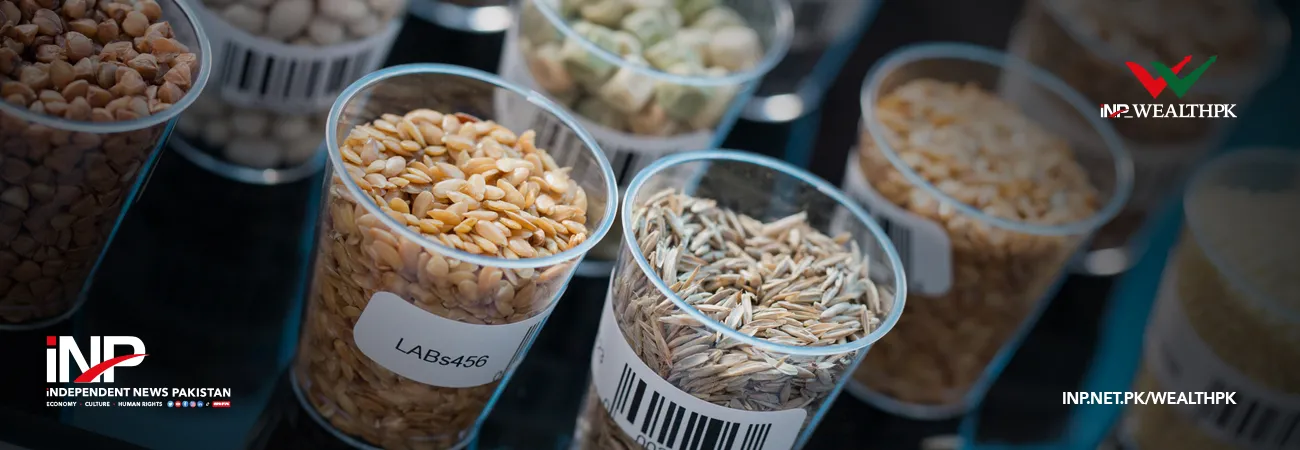INP-WealthPk
Arooj Zulfiqar
Pakistan needs to boost its agricultural production to ensure food security amid global uncertainties. With a growing population and evolving challenges, there is a dire need to increase per acre yield across key crops to meet the country’s food demands. Speaking to WealthPK, Senior Scientific Officer (SSO) at the National Agricultural Research Centre (NARC) Mr. Azeem said, “As an agrarian economy, Pakistan continues to struggle with food insecurity due to low yield per acre and inadequate measures to ensure self-sufficiency. This is attributed to the absence of a sustainable strategy in the past. As a result, the country has become a significant importer of food grains and other related products. Therefore, taking measures to increase production is key to Pakistan’s food security as well as to export its products to earn foreign exchange.”
“Embracing technological innovations such as precision agriculture holds the promise to optimize resource utilization and maximize yields. Precision agriculture leverages data-driven solutions, including drones, sensors, and AI-powered analytics, to enable farmers to make informed decisions about crop management, irrigation, and pest control. By adopting these advanced techniques, farmers can enhance productivity while minimizing the environmental impact,” he said. “Additionally, integrating climate-smart practices such as crop diversification and conservation agriculture can improve resilience to climate change impacts, ensuring long-term sustainability," he added.
Pakistan covers a total area of 796,095 square kilometres, out of which around 22.63 million hectares is arable land. However, the per capita arable land availability has drastically decreased from 0.66 hectares in 1961 to 0.14 hectares with the country’s population increasing exponentially. About 3.8-million-acre land in Punjab is barren or non-agricultural, which could be made fertile to benefit the agriculture sector. According to the official data, the total cultivable area in Punjab is about 50.7 million acres. Although steps are being taken to convert the barren or non-agricultural land into fertile land, the process is slow, as only 25,000 to 30,000 acres are converted to fertile land annually.
Credit: INP-WealthPk













